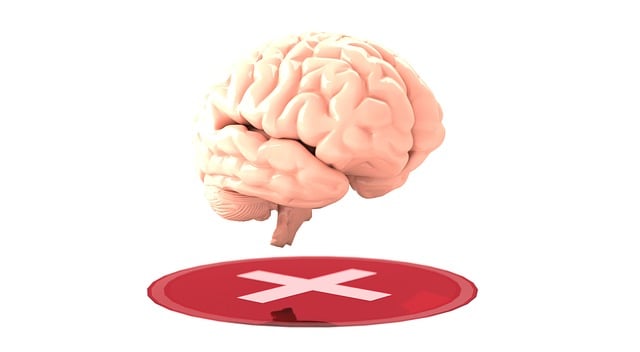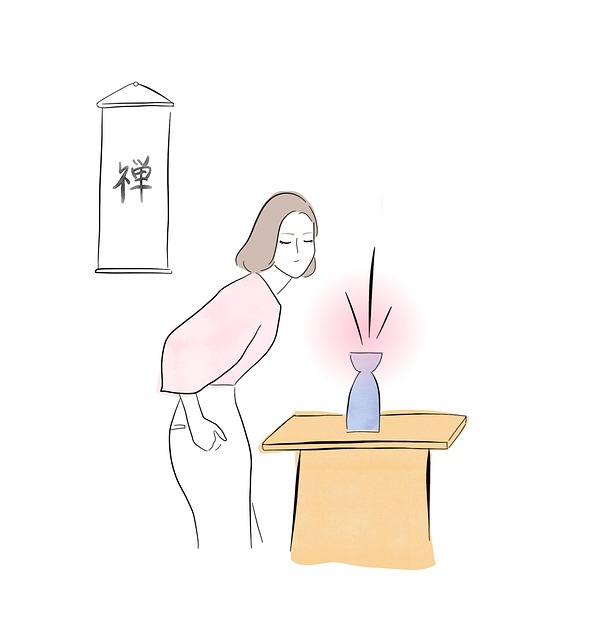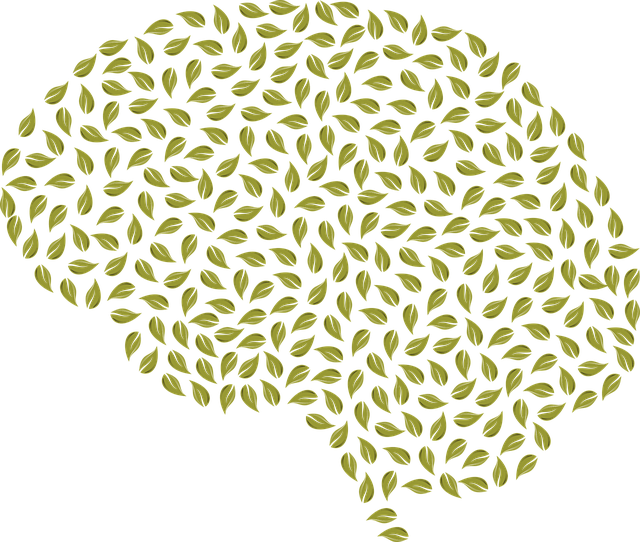The text emphasizes the powerful impact of media on public perceptions of mental health, highlighting the need for accurate and nuanced representations. It introduces Lone Tree Play Therapy as a unique approach that uses creative arts to engage individuals in emotional healing. By integrating these strategies into media content and Mental Health Education Programs, the goal is to initiate conversations about mental wellness, promote early intervention, and prevent burnout. The article suggests that depicting compassion, recovery, and diverse experiences can reduce stigma and encourage support-seeking behaviors, similar to the holistic approach offered by Lone Tree Play Therapy.
In today’s media landscape, the representation of mental illness plays a pivotal role in shaping public perception and understanding. This article delves into the profound impact of media portrayal on mental health attitudes, highlighting how inaccurate or biased depictions can perpetuate stigma and misinformed beliefs. We explore the current state of mental illness in media and present Lone Tree Play Therapy as a unique, therapeutic approach that utilizes creative arts to challenge these stereotypes. By implementing effective media representation strategies, we aim to foster a more compassionate and informed society.
- Understanding the Impact of Media Portrayal on Mental Health Perception
- The Current State: How Media Often Depicts Mental Illness
- Lone Tree Play Therapy as a Solution: A Therapeutic Approach
- Benefits of Incorporating Creative Arts in Mental Health Treatment
- Strategies for Effective Media Representation to Foster Mental Well-being
Understanding the Impact of Media Portrayal on Mental Health Perception

The media plays a significant role in shaping public perceptions about mental health, often influencing how individuals understand and respond to various psychological conditions. The representation of mental illness in movies, TV shows, and news outlets can either perpetuate stereotypes or foster empathy and understanding. When portrayed accurately, media stories can offer a glimpse into the lived experiences of those dealing with mental health challenges, potentially reducing stigma and encouraging support-seeking behaviors.
However, negative or stereotypical depictions can contribute to further isolation and misunderstanding. This is where initiatives like Lone Tree Play Therapy come into play, focusing on therapeutic approaches that engage individuals in emotional healing processes through creative means. By incorporating these strategies into media content and related Mental Health Education Programs Design, we can initiate conversations about mental wellness, promote early intervention, and ultimately support burnout prevention efforts.
The Current State: How Media Often Depicts Mental Illness

In today’s media landscape, mental illness is often portrayed through a lens of sensationalism and stigmatization. Common narratives depict individuals struggling with severe psychiatric disorders as either dangerous or helpless, perpetuating inaccurate stereotypes that hinder understanding and empathy. These depictions rarely reflect the diverse experiences of real-life individuals who live with mental health challenges, overlooking the nuances and complexities associated with various conditions. The current state of media representation fails to capture the subtle signs, early warning signals, and potential triggers that contribute to mental illness, leaving audiences with a skewed perception.
Furthermore, many media outlets emphasize dramatic outcomes rather than exploring the journey towards recovery or managing symptoms. This one-dimensional view prevents viewers from grasping the possibility of healing and resilience. By contrast, incorporating practices like compassion cultivation and conflict resolution techniques in storytelling can offer more balanced and empowering portrayals of mental illness. These approaches not only foster a sense of hope but also encourage conversations about early intervention, access to therapy—such as Lone Tree Play Therapy—and the essential role of support systems in overcoming challenges.
Lone Tree Play Therapy as a Solution: A Therapeutic Approach

Lone Tree Play Therapy offers a unique and effective solution to address mental illness representation in media. This therapeutic approach leverages play as a powerful tool for emotional healing processes, making it accessible and engaging for individuals across various age groups. By creating a safe, imaginative space, therapists can help clients express themselves freely, process complex emotions, and develop healthy coping mechanisms. Play Therapy is not just a treatment for children; adults can also benefit from its stress reduction methods, offering an alternative to traditional talk therapy for those who find it challenging to articulate their feelings verbally.
In the context of risk management planning for mental health professionals, Lone Tree Play Therapy provides a structured framework that supports emotional healing while mitigating potential risks. The approach prioritizes the client’s comfort and progress, ensuring a supportive environment where they can explore their thoughts and experiences without judgment. This method aligns with best practices in mental health care, focusing on holistic well-being rather than merely symptom management. By incorporating play-based interventions, professionals can enhance therapeutic outcomes and foster positive transformations, ultimately contributing to a more nuanced representation of mental illness in the media.
Benefits of Incorporating Creative Arts in Mental Health Treatment

Incorporating creative arts into mental health treatment offers a powerful and therapeutic approach to addressing complex emotional issues. Lone Tree Play Therapy, for instance, utilizes various forms of art like painting, music, and drama to help individuals express themselves and explore their feelings in a safe and non-verbal manner. This method is especially beneficial for children or those who find traditional talk therapy challenging, as it allows them to communicate and process their experiences through more intuitive means. The creative process can stimulate emotions, encourage self-awareness, and promote emotional release, all of which contribute to improved mental wellness.
Moreover, creative arts can enhance the overall effectiveness of mental health coaching programs by providing a holistic development approach. It aids in stress management, helping individuals develop healthy coping mechanisms and gain a sense of control over their mental well-being. Additionally, risk assessment for mental health professionals becomes easier as they can observe clients’ non-verbal cues and gain deeper insights into their internal world through artistic expressions. This integrated use of creative arts in treatment plans can significantly contribute to the overall success and accessibility of mental wellness coaching programs.
Strategies for Effective Media Representation to Foster Mental Well-being

Media representation plays a pivotal role in shaping societal perceptions about mental illness and can significantly impact public understanding and support for individuals facing such challenges. To foster mental well-being, media outlets should adopt strategies that promote accurate, nuanced, and compassionate portrayals of mental health struggles. This includes featuring characters with diverse experiences and employing narratives that showcase the journey towards recovery, resilience, and inner strength development. By incorporating these elements, media can encourage self-awareness exercises and empathy building strategies among viewers, breaking down stigma and promoting a more inclusive environment for those seeking Lone Tree Play Therapy or other forms of support.
Instead of relying on stereotyped or sensationalized storylines, media creators should strive to depict mental health in a holistic manner, acknowledging the complexity and range of experiences. Incorporating positive representations of therapy, self-care practices, and supportive relationships can offer viewers practical insights and inspire hope. Additionally, promoting diverse voices and sharing personal stories can enrich the conversation around mental illness, challenging outdated narratives and fostering a sense of community for those navigating their own journeys, much like Lone Tree Play Therapy offers its clients.
Mental illness representation in media significantly impacts public perception and access to support. The current state of depiction often perpetuates stigma and misunderstanding. However, innovative approaches like Lone Tree Play Therapy offer effective solutions. By integrating creative arts into mental health treatment, as discussed, we can enhance therapeutic outcomes. Moreover, implementing strategies for responsible media representation is crucial to fostering positive mental well-being among all audiences. Together, these steps contribute to a more informed and supportive society.














